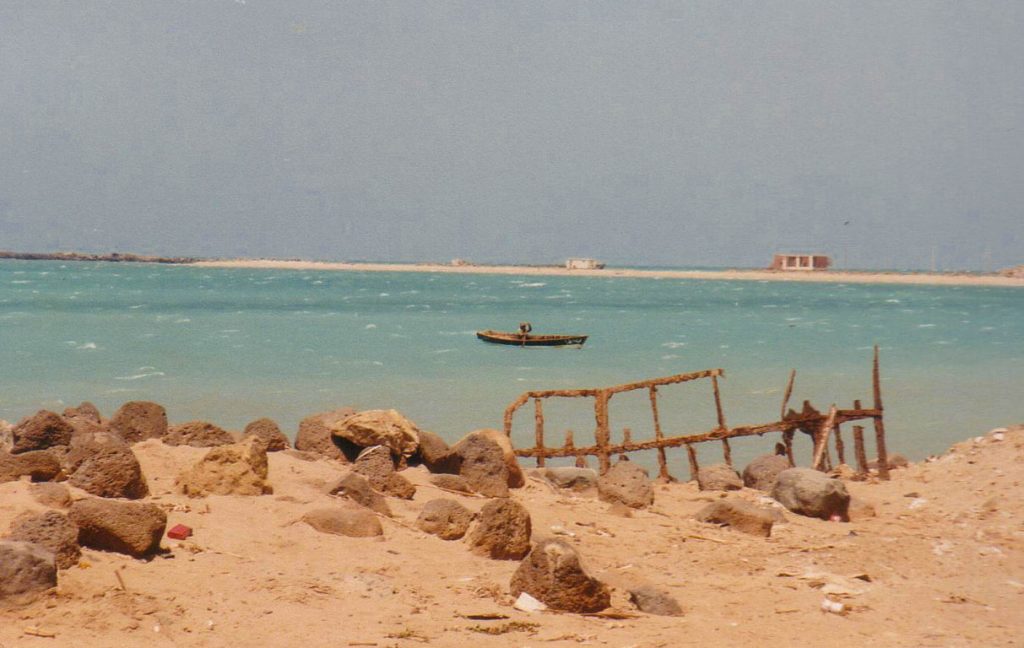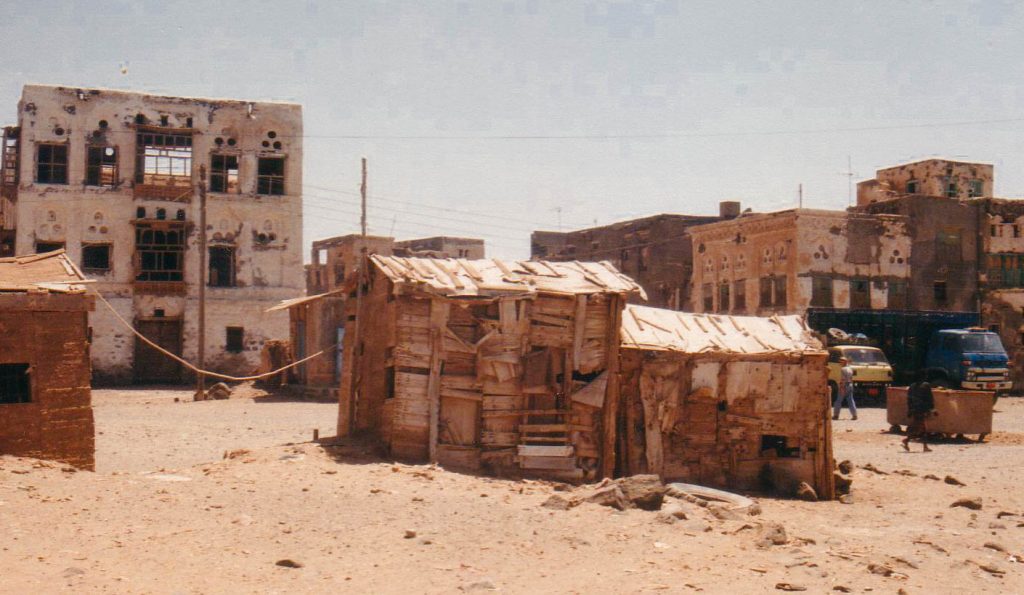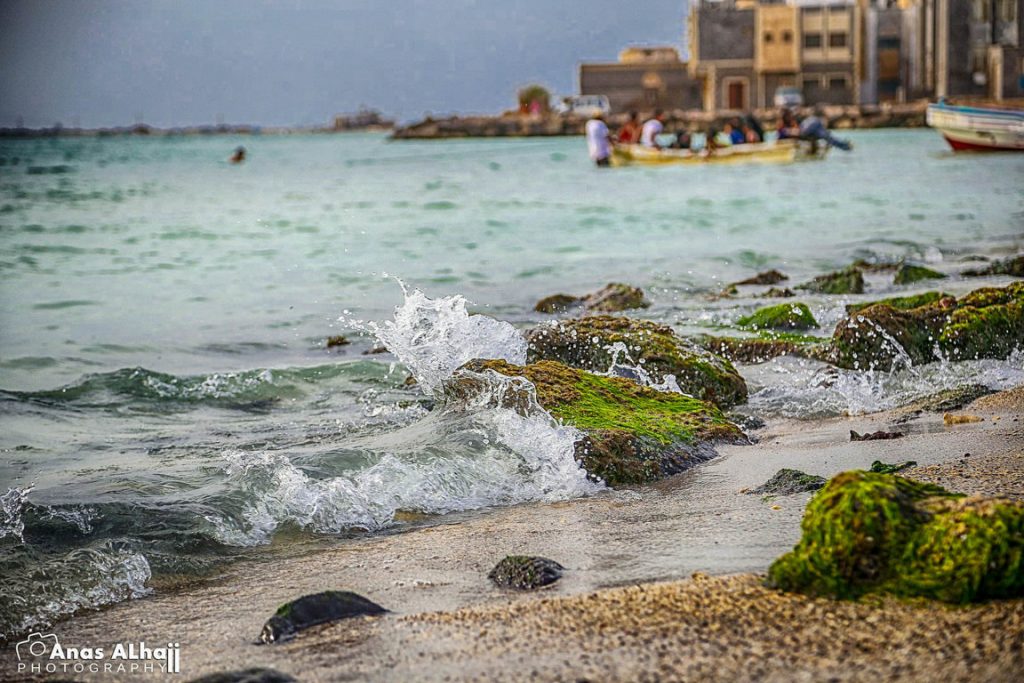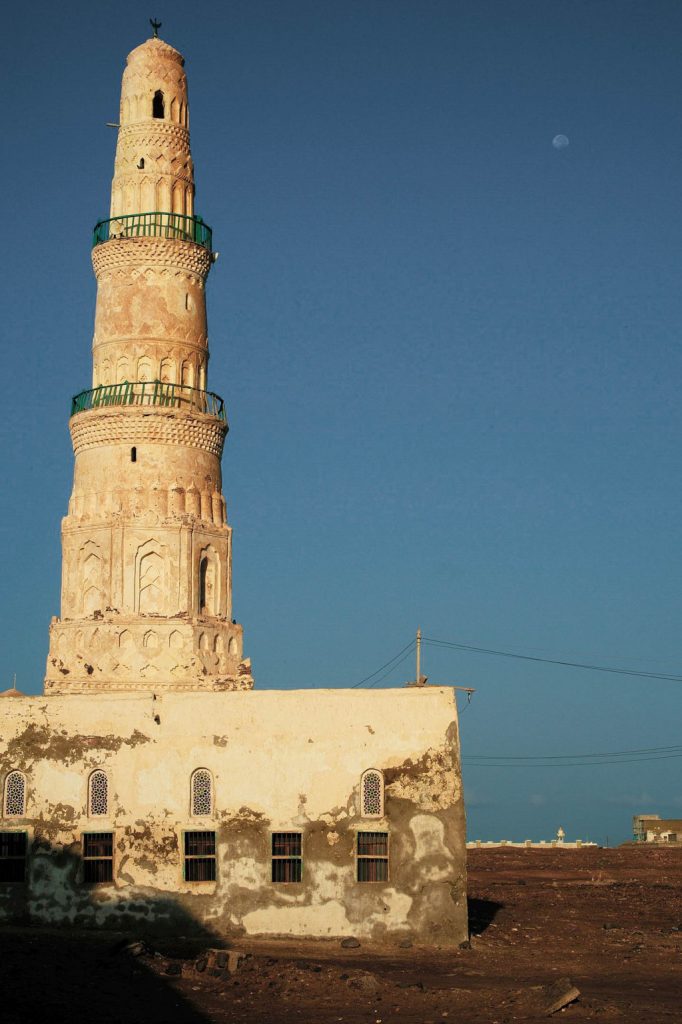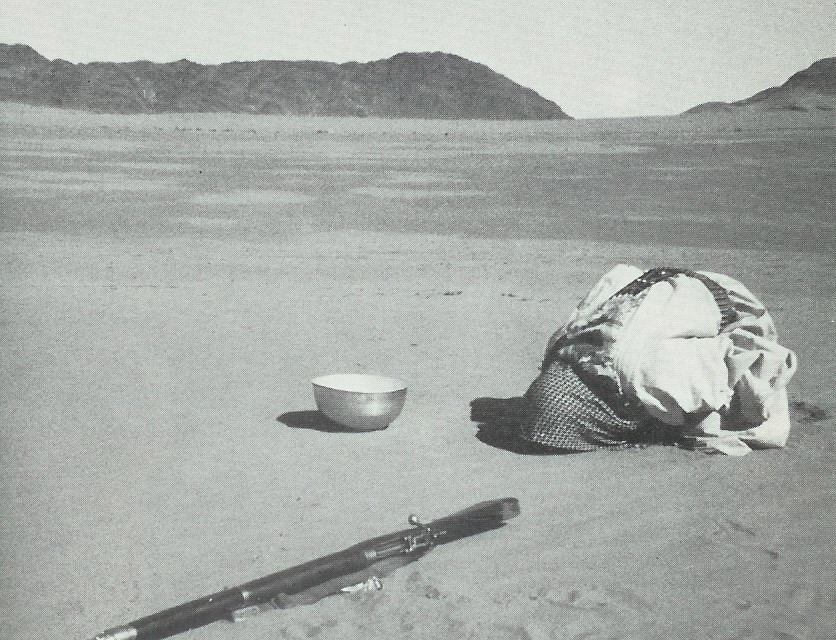Taiz, Yemen
Coordinates: 13.320300, 43.247300
Nearby Places
- Al Ghareeb Tree 81.71 Km E (94°)
- Cairo Castle 87.37 Km E (71°)
- Jabal Sabir 89.74 Km E (76°)
First Heading
Mocha, the birthplace of Mocha
In recent years, the port city of Mokha has made headlines due to the ongoing conflict in Yemen between Iran-backed Houthi militias and forces loyal to the government of President Abdrabbuh Mansur Hadi, backed by the Saudi Arab coalition.
However, Mocha is better remembered as the heart of Yemen’s 200-year trade monopoly over the sale of coffee. It was from this port – its point of origin – that the chocolate coffee cocktail popular in the West and the rest of the world got its name.
“Yemen exported all its coffee from the Port of Mokha and it traveled around the world known as mocha coffee. The port was very attached to the product it was shipping,” Anda Greeney, a Harvard researcher in Yemen’s coffee sector and founder of coffee startup Al Mokha, says.
Land of First Coffee brewing
Ethiopian nomadic mountain people are believed to be the first to identify coffee’s stimulating effect. However, it is estimated that the use of coffee brewing as known today would have started in the Middle Ages in Yemen.
According to the World Coffee Research, the first archaeological evidence of beverage coffee consumption was found in the Yemeni city of Zabid.
Used By Sufi’s as well
During the 15th century, coffee cultivation started within Yemen to meet local needs. In 1450, Islamic Sufis of Yemen first began drinking coffee to stay awake during late-night prayer. This led to the transformation of mountainsides into terraced hillsides and people inventing farming techniques to grow coffee.
At Present
Mocha was among the population centres in southern Yemen taken over by the Houthis during their military offensive in March 2015. The city was attacked by pro-Hadi forces in January 2017 and captured by pro-Hadi troops in February 2017.
Mocha is no longer utilized as a significant trade route, and the current local economy is primarily based upon fishing and a small number of tourists. The village of Mocha was officially relocated 3 kilometres west along the Red Sea shore to accommodate the building and demolition of several coastal highways.
Image Sources
mokka1
https://nabataea.net/explore/cities_and_sites/muza-al-mokha/
1620px-Mocha_(14931257687)
By Photographer Anas Al – Haj – On the beach Mocha, CC BY-SA 2.0, https://commons.wikimedia.org/w/index.php?curid=38880654
Mocha_Red_Sea_-_panoramio
By tower10, CC BY-SA 3.0, https://commons.wikimedia.org/w/index.php?curid=39606376
1620px-Mokha_(10631951635)
By Julien Harneis from Sana’a, Yemen – Mokha, CC BY-SA 2.0, https://commons.wikimedia.org/w/index.php?curid=38615015
1440px-Mokha_door_(10630949474)
By Julien Harneis from Sana’a, Yemen – Mokha door, CC BY-SA 2.0, httpscommons.wikimedia.orgwindex.phpcurid=38615023
1622px-Mokha_morning_(10630761316)
By Julien Harneis from Sana’a, Yemen – Mokha morning, CC BY-SA 2.0, https://commons.wikimedia.org/w/index.php?curid=38615020
Mokha01
By Gomtu – Own work, CC BY 3.0, https://commons.wikimedia.org/w/index.php?curid=12251183
Mokha02
By Gomtu – Own work, CC BY 3.0, https://commons.wikimedia.org/w/index.php?curid=12251217
Mokha3
By Gomtu – Own work, CC BY 3.0, https://commons.wikimedia.org/w/index.php?curid=12251241





